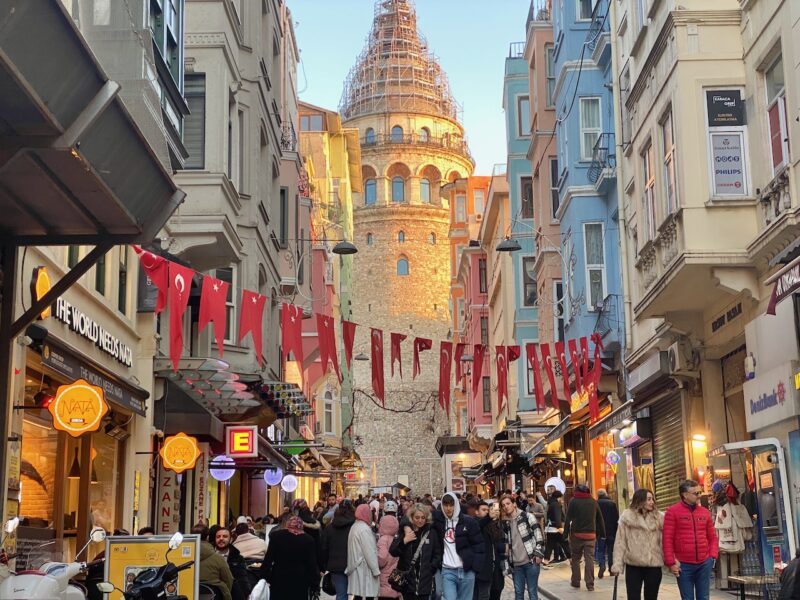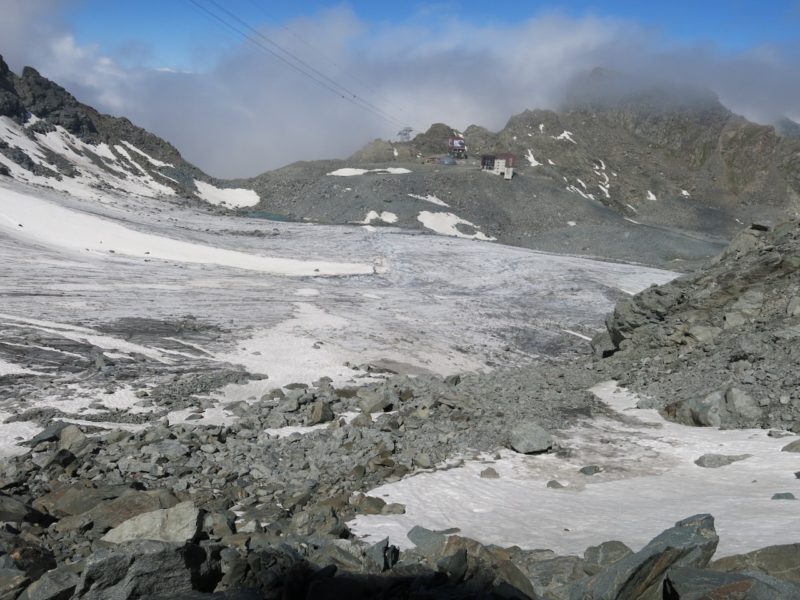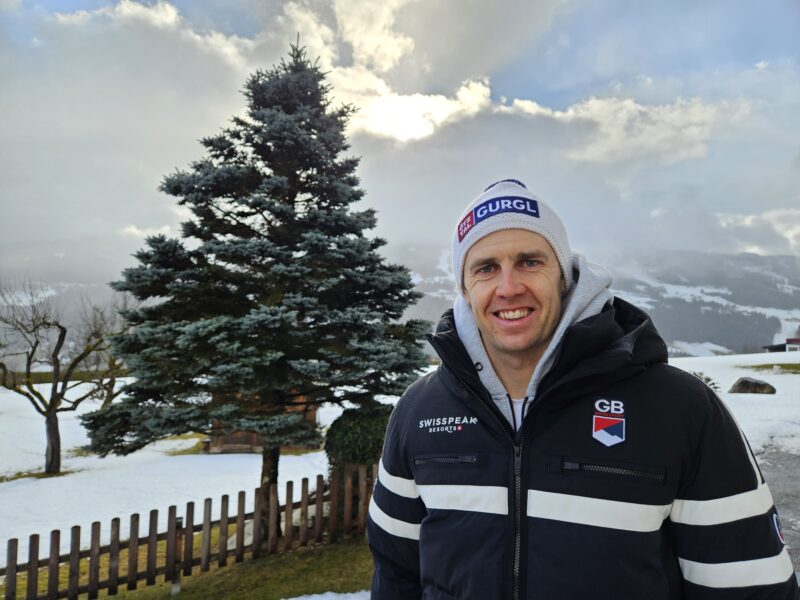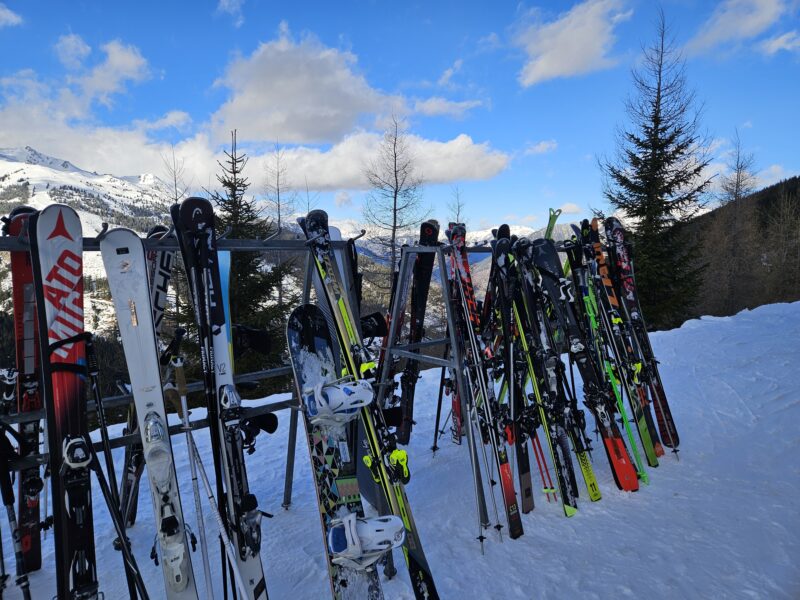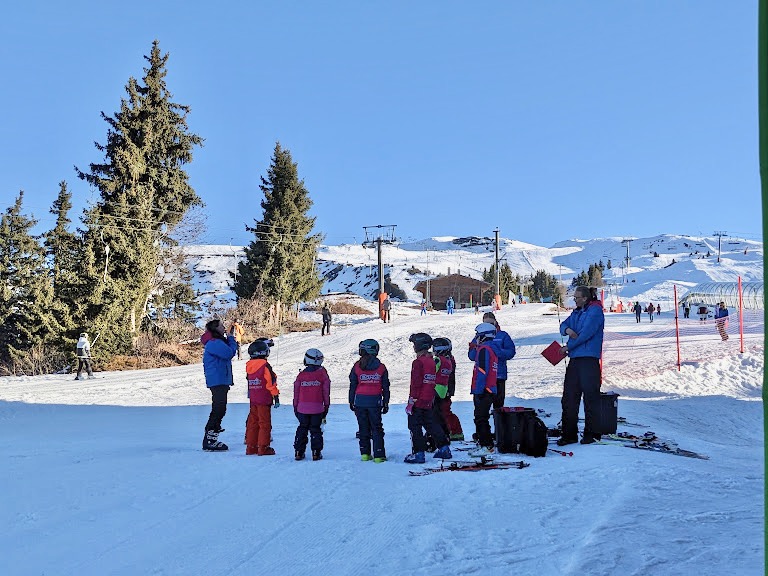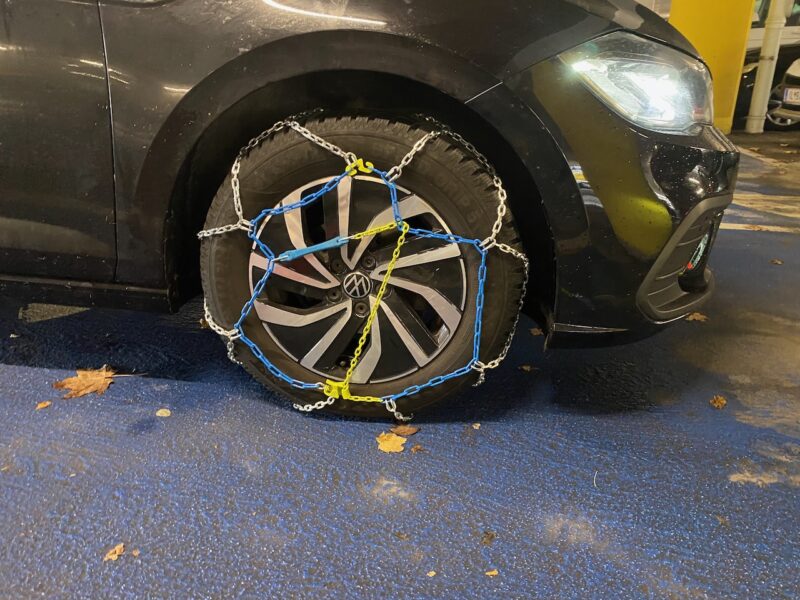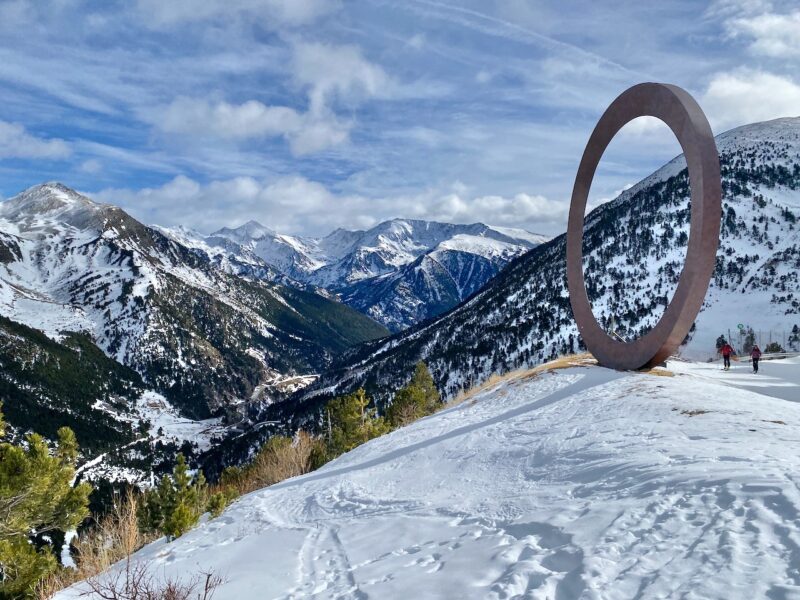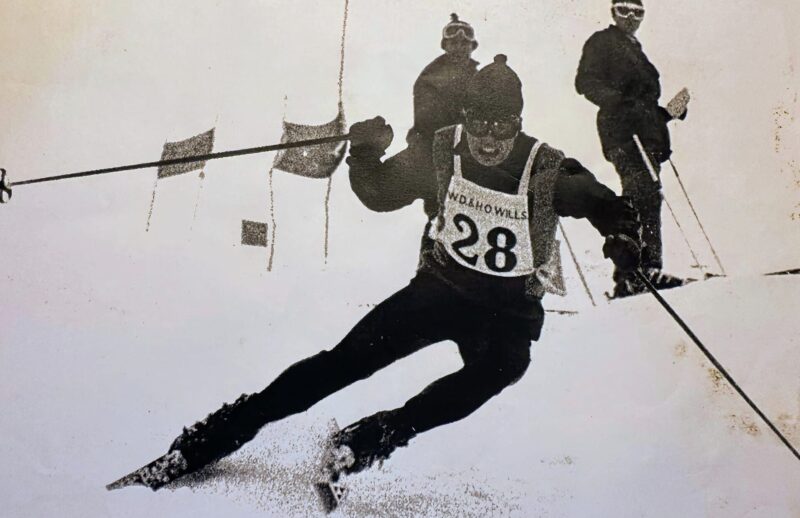Two Mountain Guides Die in Separate Accidents in Switzerland
24th January 2021
Last modified on May 20th, 2021
One died in a huge avalanche Verbier and the other had a fatal fall in Torgon in the Portes du Soleil. It brings the death toll on the slopes to 4 in the Verbier area alone in the past week and 11 in Switzerland in the past 11 days. The conditions off piste are described as some of the most dangerous in recent years. UPDATED
The avalanche incident involved a 56-year old local guide who was skiing off piste in the Rock Garden/Hidden Valley area of the Swiss resort.
It is in the Chassoure sector more commonly referred to as Tortin.
The area where the avalanche occurred is to the left of the main run and the whole face of the mountain was swept away.
The incident happened at 12.20 on Saturday at an altitude of 2,700m on a north east facing slope.
He was with three clients and one, a 60 year-old Swiss national from the Canton of Vaud, was also caught.
One of the other clients called the rescue services.
The two were taken by helicopter to Sion hospital where the mountain guide was pronounced dead.
The other man was treated but is not seriously injured.
The danger level at the time was 3 on a scale of 5.
The avalanche has been described as “huge” – it was 900m long and 300m wide.
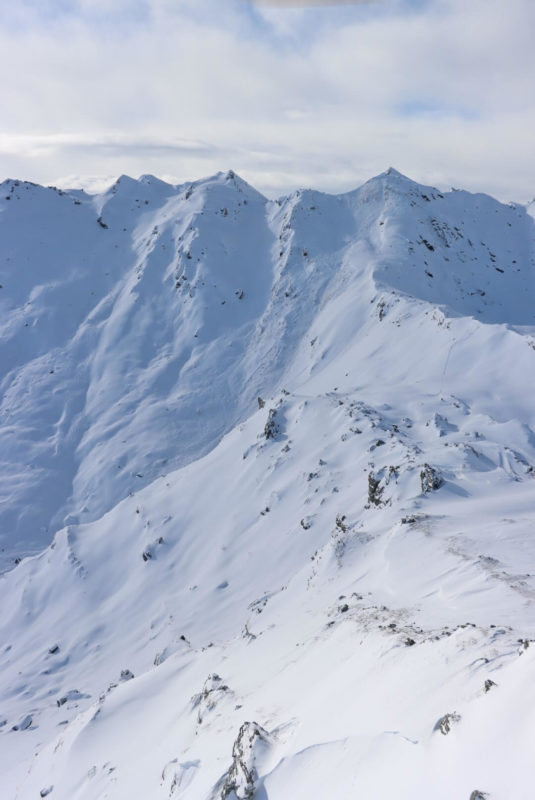
Verbier avalanche, Image c/o Valais Cantonal Police
In a separate incident a mountain guide had a fatal fall in Torgon on Friday following the collapse of a ledge.
The area is in the Portes du Soleil.
He was also 56-years old.
The Swiss Institute for Snow and Avalanche Studies, based in Davos, says the composition of the snowpack is particularly dangerous this year.
“With fresh snow and wind, additional snowdrift accumulations were created in some areas, which means that the avalanche danger remains or is even exacerbated,” it advises.
“The danger is invisible.”
We reported on the recent avalanche deaths in these earlier articles on PlanetSKI:
- 38-year old British man dies in avalanche in Verbier
- Second fatal avalanche in Verbier
- One of the world’s top freeriders searches for friend in Verbier avalanche
Also on Friday 22nd January a 23-year old Swedish skier died in the Savoleyres area of Verbier.
The accident occurred around 12.45pm.
He was with a friend when the ledge he was on collapsed and he was swept away.
His friend alerted the rescue services.
The Public Prosecutor has opened investigations into all three deaths.
A 43-year Swiss national has also died in an avalanche in Ticino in Italy.
The authorities advise extreme caution in these very dangerous conditions.
There have also been a number of fatal avalanches in France with deaths in the Jura and Massif Central ranges as well as the Alps.
The were five avalanche fatalities in France last week.
An earlier fatal avalanche accident in the French Alps on January 14th was in Courchevel.
The Italian ski instructor, Claudio Bergero, was caught in a slide.
He worked as an independent instructors for Maison Sport, which is an alpine partner of PlanetSKI.
“He was one of the most popular instructors in Maison Sport and his 24 five-star reviews are full of praise, both for his teaching and for him as a person,” said Olly and Nick Robinson, the directors of Maison Sport.
“His death is a huge loss to the ski community and a harsh reminder of the dangers the mountain presents.”
A fundraiser has been set up in Claudio’s name, in order to help support his wife Michela, and their two sons, Leonardo (4) and Jacopo (6).
It has so far raised almost €13,000.
If you are interested in donating please follow this link.
Here on PlanetsKI we will have an article later on what has caused these dangerous conditions and what measures should be taken to avoid getting caught.
In the meantime here is the latest forecast for Monday 25th January from the Swiss Institute for Snow and Avalanche Studies.
“As a result of fresh snow and strong-velocity winds, snowdrift accumulations are being generated over widespread areas which are prone to triggering.
The snowpack structuring is unfavourable, particularly at high altitudes areas of the Valais and in Grisons.
In these regions there is a marked weak layer in the middle and lower parts of the snowpack in all aspects.
Avalanches can be triggered in this layer, particularly in areas where the snowpack is shallow, and subsequently sweep along the entire snowpack.
Remote triggerings from this layer have been observed, particularly in central Valais and in the Upper Engadine.
In the central and eastern sectors of the northern flank of the Alps, this weak layer is also evident from place to place, but is predominantly blanketed by thick layers and, therefore, is no longer likely to trigger.
On the southern flank of the Alps, the snowpack layering is more favourable. Fractures deeper down in the snowpack are no longer to be expected.”
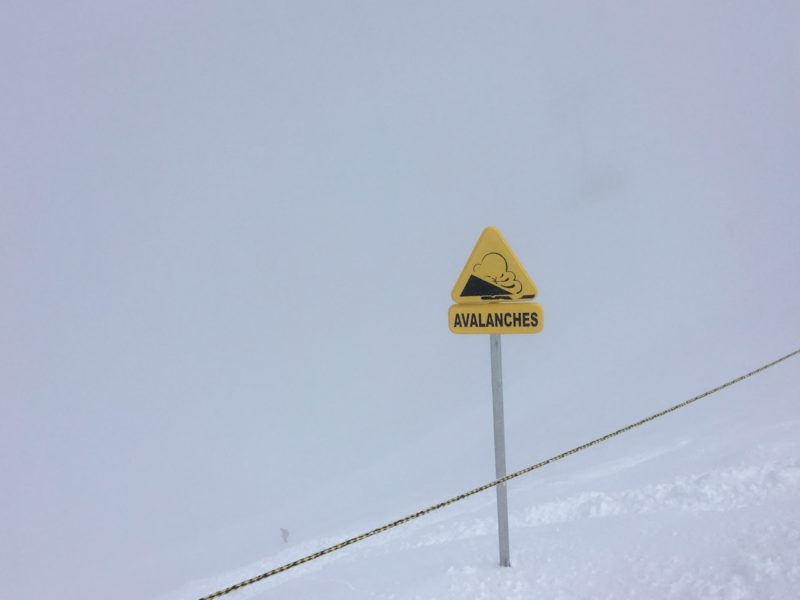
Avalanche danger. Image © PlanetSKI.

